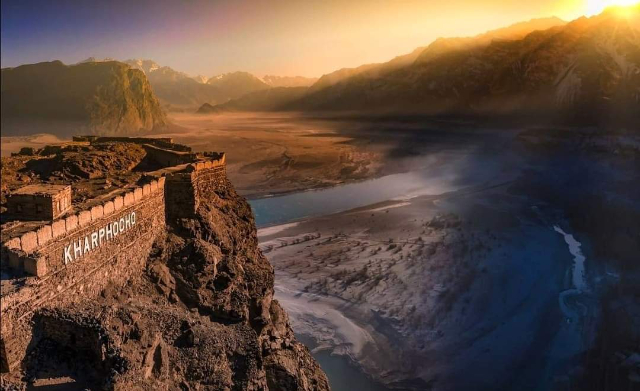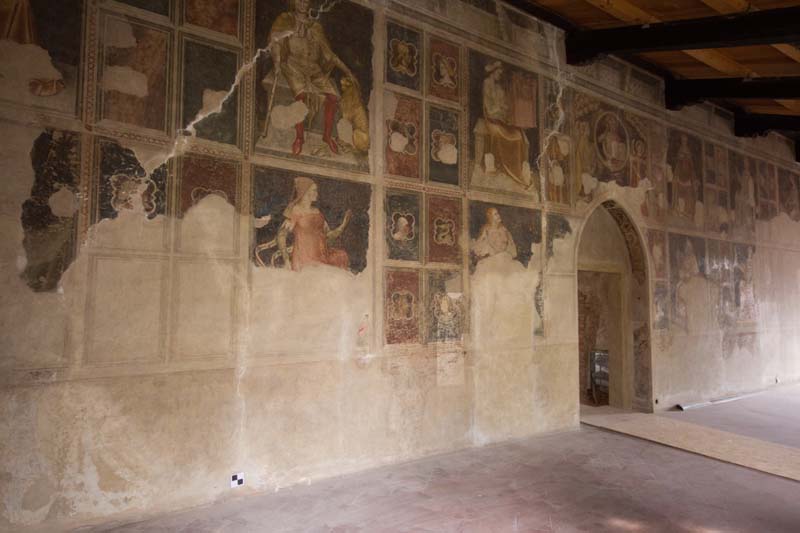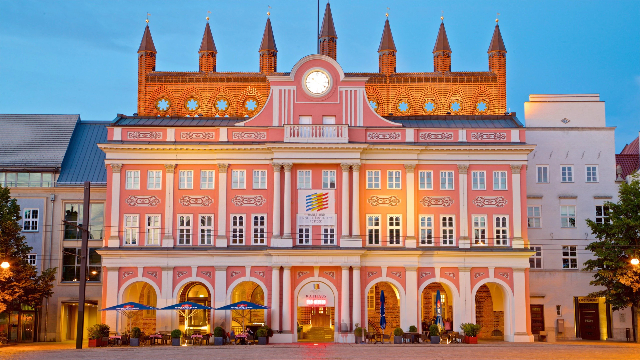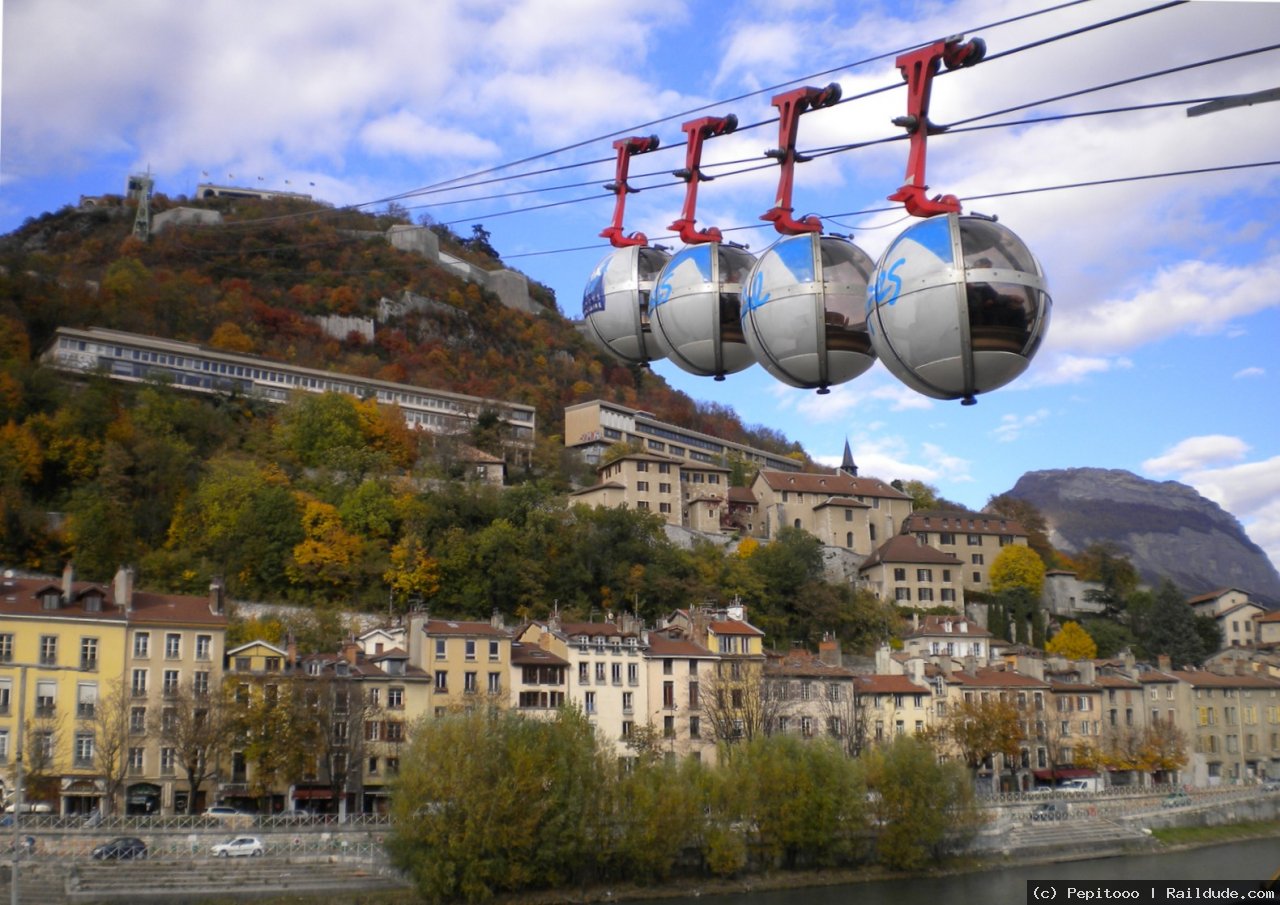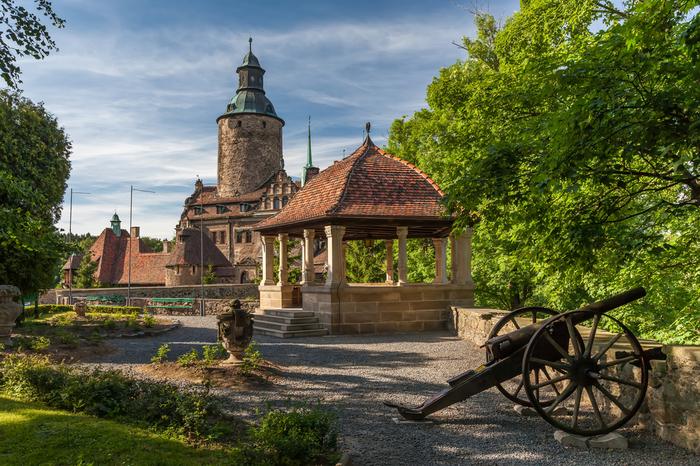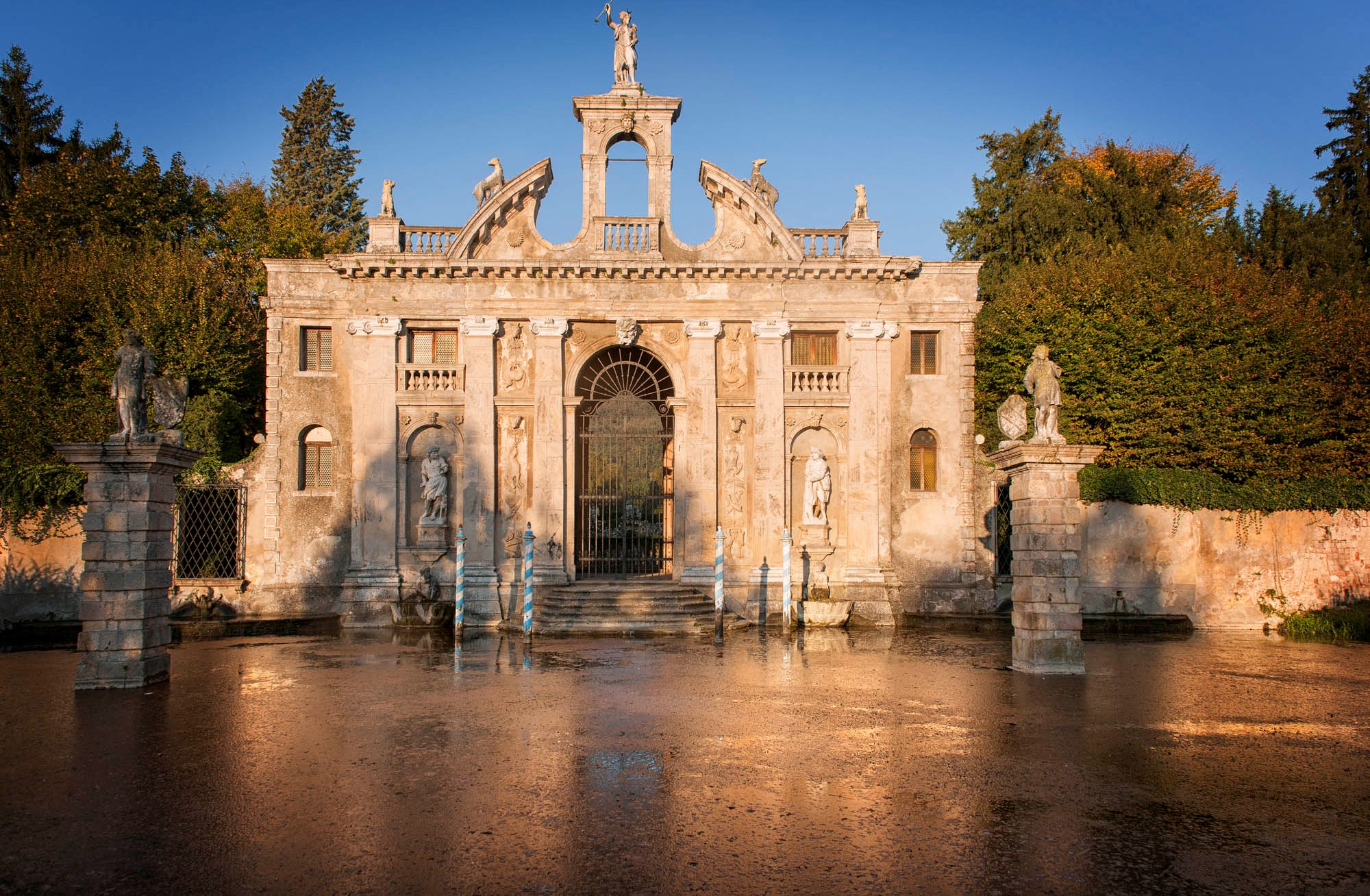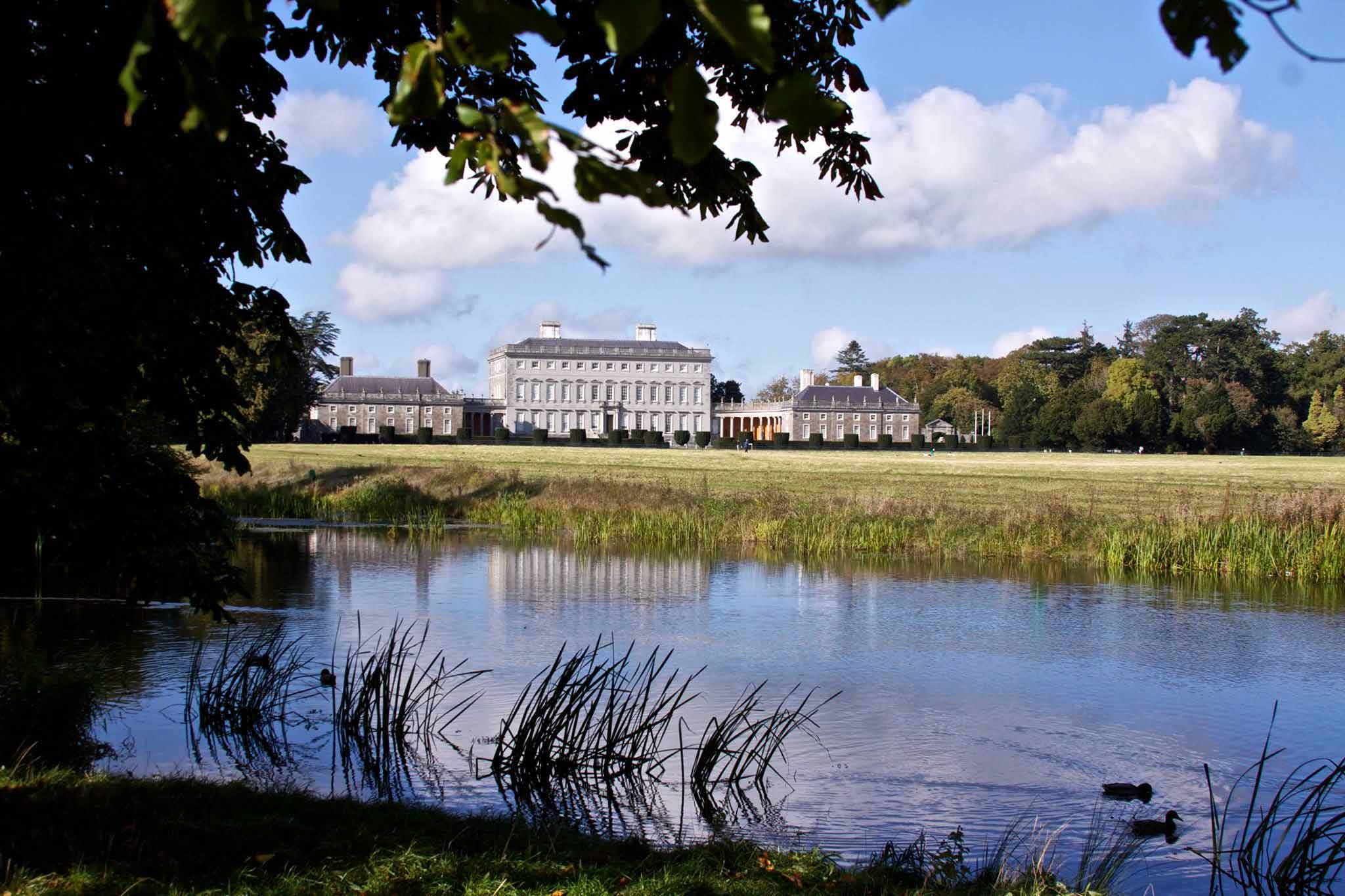Skardu Fort, also known as Kharpocho, which translates to “The King of Forts,” stands majestically in Skardu city within the Gilgit-Baltistan region of Pakistan. Renowned for its strategic location and historical significance, the fort offers a commanding view over the confluence of the rivers below and the imposing Rock of Skardu.
The construction of Skardu Fort dates back to the end of the 17th century, under the reign of Ali Sher Khan Anchan, who was the ruler of the region at the time.
The fort is celebrated for its architectural brilliance and the historical legacy of the Maqpon Dynasty rulers of Baltistan. Australian mountaineer and filmmaker Greg Child once remarked on the fort’s dramatic position, noting it as “perched above the junction of the rivers,” a strategic vantage point that provides panoramic views of the Skardu valley.
The strategic importance of Skardu Fort was recognized by General Zorawar Singh of the Dogra Rajput clan, who was then working for Maharaja Gulab Singh. During his military campaigns, General Singh saw the potential of the fort’s position within the town and subsequently occupied it. This occupation led to the annexation of Baltistan into the princely state of Jammu and Kashmir, marking a pivotal moment in the region’s history.
However, in 1857, under the direction of Ranbir Singh, the fort suffered significant destruction. Despite this, Skardu Fort remains a towering figure in the historical and cultural landscape of Gilgit-Baltistan. Today, it attracts historians, tourists, and adventurers alike, drawn by its rich history and stunning architectural features. The fort continues to be a symbol of the heritage of Skardu and is an essential site for anyone visiting the region, offering insights into the tumultuous history and breathtaking beauty of Baltistan.

